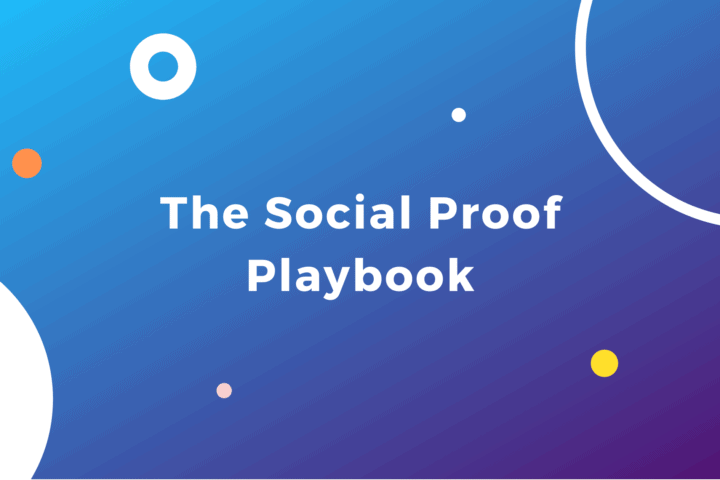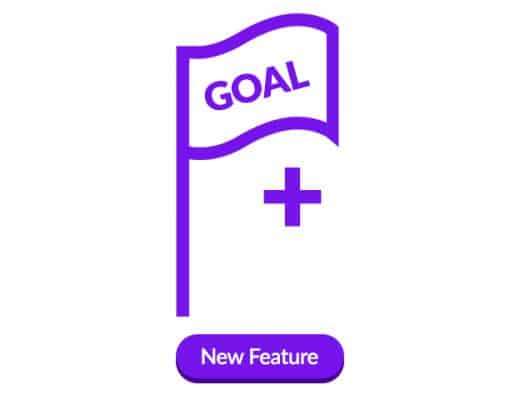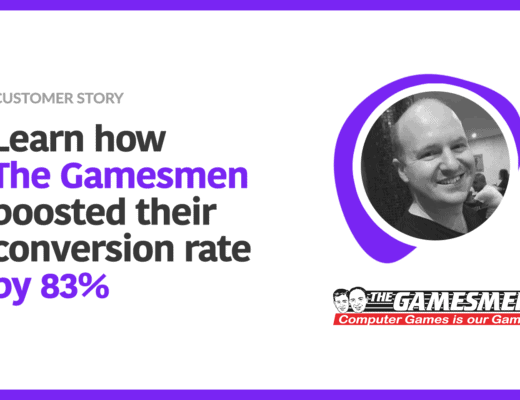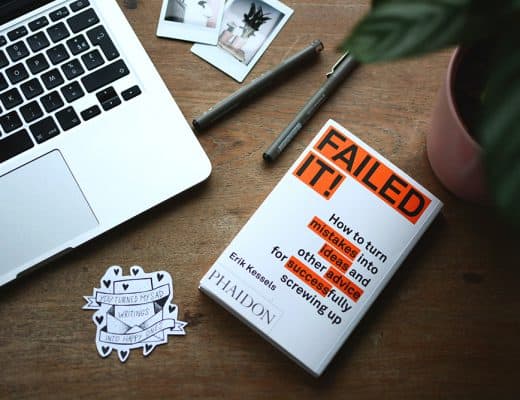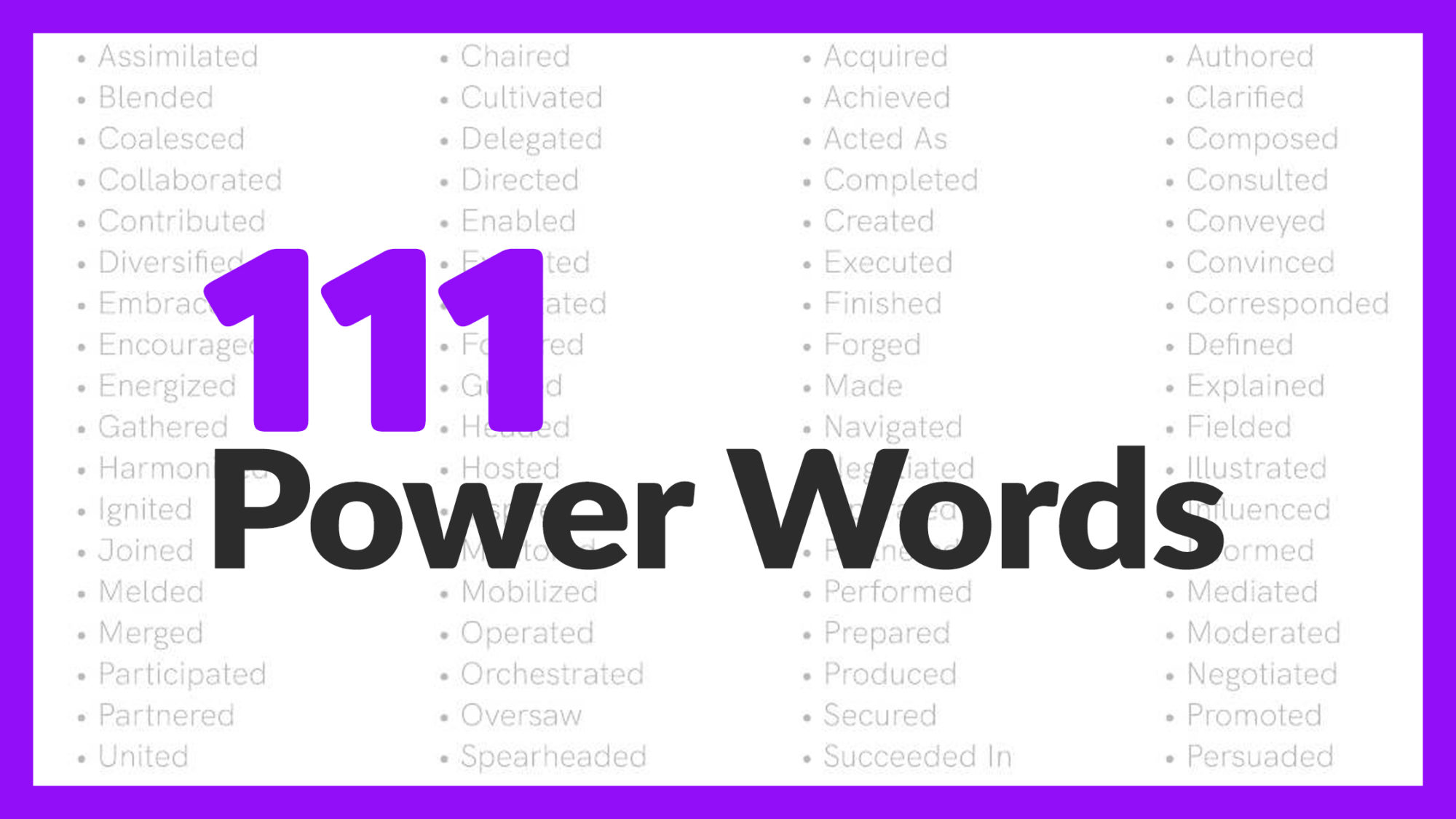Introduction
Hey there 👋
You are feeling a little hungry and could use a quick bite.
Luckily, there are two restaurants just ahead.
One restaurant is packed with people. The other, quite empty.
Which one would you go in?
If you’re like most people, you’ll probably walk into the one that’s full of people.
Why is that?
It’s because of something psychologists like to call “Social Proof”.
So here’s what we’re going to cover:
Social Proof 101
In psychology, the Social Proof Theory states that, if a person does not know the correct behavior in a certain situation, they will look at what other people around them are doing and match their behavior and actions to theirs.
Think about ordering a tray of crabs at a restaurant for the first time. You’ve never eaten crabs and don’t know how to crack them open.
Fortunately, there are other people at the restaurant also eating crabs so you can pretty much mimic the way they open them.
Problem solved.
The Social Proof Theory was popularized by Roberto Cialdini. According to him, social proof is one of the six key principles of persuasion or the art of influencing other people.
The other five principles of persuasion are: authority, scarcity, liking, consistency and reciprocity.
Cialdini maintained that there are four principles of social proof. These are:
- Uncertainty – A person has to be in an unfamiliar situation. Otherwise, they would not need to look for guidance from others.
- Number – The more people your actions are influenced by, the “more correct” the social proof is.
- Expertise – Social proof becomes even stronger when one’s actions are influenced by what that person perceives as “experts” in that situation.
- Similarity – Most people look at the behavior of people that are similar to them or that see as such.
Okay, that explains social proof from a psychologist’s point of view, but what about the marketer’s point of view?
Social Proof can influence sales and consumer behavior both offline and online.
The full vs empty restaurant is an example of social proof influencing offline sales.
But it can also influence your online behavior.
A great example of this and one you likely turned to many times when buying something online are reviews.
Let’s say you want to buy a camera drone from AliExpress. There are 2,365 results in that category alone. Sifting through all of them will take a long time.


So, what can you do? You can filter your results to show only items that have 4+ stars.
That will cut the results to “only” 75. Now that is much more manageable.


Think about it. Would you rather buy an item that has only 3 stars or one that has 5 stars (and thus social proof)? And also, would you buy from a seller that only had a few items sold so far, or from one that already sold hundreds or thousands?
I think the answer to both questions is “from the latter” and that’s social proof in action.
What about “Word of Mouth”?
According to the Chatter Matters: The 2018 Word of Mouth Report, “83% of Americans say that a word of mouth recommendation from a friend or family member makes them more likely to purchase that product or service.”
Word of mouth is huge in both online and offline worlds. It influences business decisions, what candidate to choose at the elections, what brand or model to buy and much more.
Now, WoM can come from both online sources, like friends on Facebook, Pinterest and Instagram and from offline sources like friends, family, coworkers, etc.
So which one do people trust more?
Well, according to the same report by Jay Baer and Daniel Lemin, Americans value offline word of mouth recommendations (from friends and family) 41% more than online word of mouth recommendations (social media).


However, that’s not all. Word of mouth is tricky.
For instance, ⅔ of Americans will sooner trust an anonymous review online than a recommendation from an ex.
Social Proof Types (aka “Trust Signals”)
Social proof comes in many different forms. We call these “trust signals”.
Here’s what they are:
1. Expert’s approval
As we’ve already seen, expertise is one of the key principles of social proof. Faced with uncertainty, we are much more likely to trust an expert’s opinion.
For instance, if a doctor recommends a certain pill, we are more likely to use it than the one our non-doctor friend recommends.
However, whether we trust experts or friends more in making decisions often has to do with the dilemma that we are facing.
A lot of it depends on the level of investment. If it’s low, we are more likely to trust our friends, but if it’s high, we will turn to expert’s approval.
Take choosing a restaurant in a new city as an example.
In this case, people heavily favor peer opinion (88.34%) over expert opinion (11.66%).


But, on the other hand, if we are looking for financial advice, the situation will be reversed, with 79.13% now looking for expert opinion and 20.87% seeking peer opinion.
2. Celebrity endorsement
If you thought that an endorsement from a celebrity will make people buy something, you are quite wrong.
According to the Chatter Matters report above, as many as 25% of Americans don’t trust any celeb for recommendations (funnily enough, 1% trusts Sandara Bullock for some reason).
Advertisers have used celebrity endorsements for decades.
Back before social media, celebrities appeared in commercials not so much for the money (although they were definitely paid for it), but more because it provided them an extra way to promote themselves other than movies.
Fast-forward to the 21st century and endorsements have become very lucrative for celebrities, with examples like Britney Spears earning $50 million for endorsing Pepsi back in 2001.
But when it comes to celebrity endorsement, they speak more to the younger generations like Gen Z (16%) and Millenials (14%) than they do to the older generations like Boomers (7%) and Silent Gen (2%), according to the Nielsen Report: Global Trust in Advertising.


3. User testimonials and reviews
9 out of 10 consumers read at least one review before making a purchasing decision, according to TrustPilot.
At the same time, according to BrightLocal Local Consumer Review Survey from December 2019, young people, 18-34, are more likely to trust an online review (81%) than people above 55 years of age (60%).
What’s also interesting here is that 41% of surveyed younger people said that they always trust an online review as much as a personal recommendation, while 0% of 55+ said the same.


4. Business credentials, awards, and recognition
Another group of social proof types includes business credentials, awards, and recognition.
As customers, we often tend to trust certain brands more than others in our buying decisions.
For example, if you see a pair of “Nike” shoes and next to them a pair of shoes from a brand you haven’t heard of, you are much more likely to buy the Nikes as you’ve grown to trust the brand.
Simply put, Nike has a lot more credentials to flaunt than that other brand. For example, Nike can say that it’s been around for 60+ years, that it’s sponsoring some of the biggest football and basketball stars, or that it’s selling 25 shoes every second.
All of these are credentials the other brand can hardly compete against.
Just like business credentials, buying decisions can also be swayed by awards and recognition.
For example, Salesforce proudly represents the companies that are using their services on their homepage:


A good example of this are trust badges websites often use. These can include 3rd-party endorsements, money-back guarantee badge, safe checkout badge, free shipping badge and more.
Having these badges on the website, or others like “best X in 2020”, can make that particular website better in the visitor’s eyes.
5. Earned media
Of the three types of media – owned, paid and earned – the third, earned media often gets neglected.
Most website owners spend the majority of their time creating their content through owned media and promoting it with PPC campaigns or social media ads (paid media).
Earned media tends to be neglected, even though it’s free and audiences view earned media as the most authentic form of marketing (meaning, above owned and paid media), according to Cision’s 2016 whitepaper, The Earned Media Opportunity: Actionable Insights From Marketing Leaders.
What earned media offers is reach and trust. Seeing a brand on an outlet you trust increases that brand’s (or content’s) validity and credibility.
6. Social media shares
The number of likes and shares your content or image can be something like a badge of honor for the website or person who posted that content or shared the image.
The trick, however, with social shares is that for them to work as a type of social proof, the counter has to be high.
For instance, if a post has only a few Twitter shares or Facebook Likes, there’s a lot less chance: a) that someone else will share or like it and b) that someone will make an action (like buying) based on that.
7. Word of mouth
We already covered WoM a bit, but let’s also mention that its impact can be seen everywhere from deciding where to shop, what brand to buy, to who to vote for.
However, WoM impact can vary greatly depending on the decision you need to make (check our “expert approval” section) and the demographic.
For example, when it comes to voting, Gen X and Boomers are much more likely to be influenced by news coverage, while Millennials put trust into their circle of friends for a recommendation.


Social Proof Success Stories
Social proof has helped countless companies attract more customers and sell more of their products.
For example, a celebrity endorsement by actress Kristie Alley, in which she credits Jenny Craig Diet for her 50-pound loss propelled Jenny Craig to the number two spot on the US News Best Commercial Diet Plans list.


Another example of good use of social proof can be seen in user reviews. Many websites display reviews directly on their homepage, but also on their social channels and search ads.
The Athleisure, for instance, displays user stars for every product in their Featured Products section, giving a visitor social proof that “this product is worth buying”.


But better than just stars are customer testimonials. Testimonials are like glowing letters of recommendation from your users that you can display on the website as proof of your customer’s trust and loyalty.
Social Proof Strategy
So, which social proof type should you go for?
The more social proof you have, the better it will be for your marketing efforts, but as we’ve seen, some types of social proof work better for one industry than others.
So let’s take a look at some social proof strategies for three different industries – e-commerce, travel & hospitality and lead generation. In all three cases, social proof needs to get us closer to a different goal (sales, bookings and leads).
Social Proof for E-Commerce
In the case of e-commerce, the main goal is to make sales, so our social proof strategy needs to address that first and foremost.
- Social media engagement
However, it’s very important to understand to whom you are selling to. Different products will have different customers so you’ll need a good understanding of your customers and how best to approach them.
Your social media channels will be a great asset in learning about what makes your customers tick.
Don’t just use Facebook posts and Instagram stories to announce new products you have in your store or a new sale. Instead, use them to engage with your audience. That’s their main purpose. Listen to what they are saying about your store and try to answer any questions they might have.
- Reviews and testimonials
As an e-commerce business, user reviews and testimonials will play a big role in establishing social proof.
Star ratings, for example, give a potential customer a quick insight into how much others are attracted to that product and if they consider it to be of good quality.
You can, however, do one even better and allow users to leave a review.
A review like this one can only help you:


But here’s a caveat – if they don’t like your product, they might leave a negative review.
Don’t be afraid of this. Embrace it and look at it as an opportunity to better understand your customers’ needs.
Social Proof for Travel & Hospitality
When it comes to the travel and hospitality industry, social proof should ideally lead to more bookings.
The best way for hotel managers and tour operators to do this is by using “word of mouth” and leveraging user reviews on sites like TripAdvisor.
According to Hubspot’s The Hotelier’s Guide to Social Proof Marketing, 83% of TripAdvisor users read reviews before booking a hotel.
- Guest reviews and ratings.
Ratings and reviews are the most common type of social proof for the travel & hospitality industry and Trip Advisor users look at 8 to 10 listings and read their reviews before they decide to book.


Don’t just wait for reviews though. Ask customers to leave a review (many will do so on their own accord) and how they liked their stay in your hotel. You can send emails to them or engage your guests on social media for this.
- Influencers and celebrities.
Of course, let’s not forget influencers. Many hotels and even destinations have seen a surge of new guests after an influencer or a celebrity posted a photo of them enjoying the place.
This can further lead to earned media for your hotel, like this blog post at Husskie listing the top 20 hotels where influencers stay.
Social Proof for Lead Generation
Once someone lands on your landing page, they won’t leave much time before they leave without taking an action. In fact, the average bounce rate for landing pages is about 70-90%, according to Hubspot.
This only means that you need to act quickly and provide social proof.
This can be in the form of customer reviews, like what we did at ProveSource, under the “What (Real) People Say section on our homepage:


Or, as this real estate agent from Toronto did, mention your credentials and awards to build social proof for your service:


Most companies understand the importance of social proof and include some form of it on their websites. The problem is that most of them don’t go beyond placing a few logos around the bottom of their homepage.
Everybody’s doing that today and this does little to increase your conversion. Instead, social proof requires more planning to be truly effective.
Social proof must support your content strategy and come from a deep understanding of your customers. Do you know the answer to these questions:
- Why are your current customers buying from you?
- What obstacles would a customer face when buying on your website?
- What is the number one question your customers have?
- Do customers have any fears about using your solution and what?
Once you have answers to these questions about your customers, you can profile your customers. Brian and Jeffrey Eisenberg introduce the “Buyer Modalities” system in their book Waiting for your cat to bark.


“Buying Modalities” are a very good way to categorize customers and understand their purchasing behavior. They are:
1. Competitive
People in this group are driven by logic and like to do their research. They are not convinced by marketing, but only by hard facts, numbers and the bottom line.
2. Spontaneous
Spontaneous people often let emotions lead them in decisions. They want an immediate benefit, but in doing so they tend to suffer from “buyer’s remorse”.
3. Methodical
Methodical customers are akin to competitive ones, but with one difference. They’ll take time before making the decision. These characters will skulk around on your website, review your competition, ask around on social media before they finally make a purchase.
4. Humanistic
Finally, where competitive and methodical characters take their time to research, but their ultimate decisions are based on objective facts, humanistic characters are interested in personal relationships, trust and community.
Of course, it’s always difficult to make such clear cut distinctions. More likely, your social proof will speak to at least two categories of customers, like the fact-finding side of the methodical character and the community-helping side of the humanistic character, as with ActiveCampaign here:


Why Social Proof Matters and What’s Next?
So what makes social proof so important for marketing and your business?
There’s a couple of reasons why you should be “flexing” your social proof to get more customers and sales:
- It inspires trust.
Younger generations, like Gen Z and Millenials, trust reviews and social media recommendations from friends when they need to make a decision.
With Gen X and Boomers, that’s less of a case since the older generations tend to use trust TV and news more than the Internet.
- It gives you an edge against the competition.
As part of their buyer’s journey, customers will compare your product or service with those of your competitors, especially in the third and last stage (Decision).
However, faced with so many choices online, consumers have learned to make quick, almost split-second decisions. A strong social proof like an expert endorsement or a large number of people who have already bought the product or service will usually be enough to sway a 50-50 potential customer.
- It builds reputation and credibility.
The more people have already bought something, the more new will follow. For example, you can say something like “Serving over 100,000 satisfied customers since 2010”.
How will this help? Well, if 100,000 people have already bought something, it has to be good, right? We look to opinions from others when making decisions and 100,000 opinions can only move our decision in that direction.
Think for example, how we get curious when we see a long queue. Maybe you don’t even know what’s waiting on the other side, but hey, it has to be something good, right?
So what’s next?
We know that social proof is all around us, but how do we leverage it in the right way?
There’s no exact formula for what type of social proof you should be using. As you can see, different types of businesses will require different types of social proof. In one case, it might be reviews and testimonials, in another, word of mouth and, in a third case, it can be influencers and expert approval.
You’ll probably need at least 2-4 types of social proof. Pick the ones that might work for your business the best and give them some time. Don’t expect overnight results.
In the beginning, it will look frustratingly slow, so take the opportunity to heavily promote any social proof you get. Display customer reviews prominently on your website for instance, or share and like those influencer posts about you.
Angie Schottmuller talks about the 6S of social proof in her Social Proof Persuasive Content Framework that you should use. These are:
- Sum it.
- Score it.
- Say it.
- Sign it.
- Shine it.
If you do this right, you will make use of social proof as a huge tool to increase your marketing and business goals.
Good luck!

